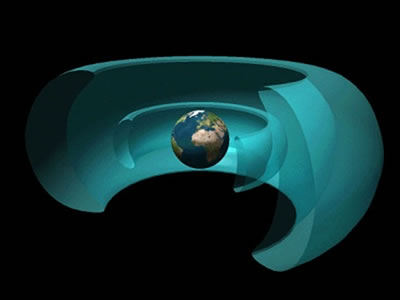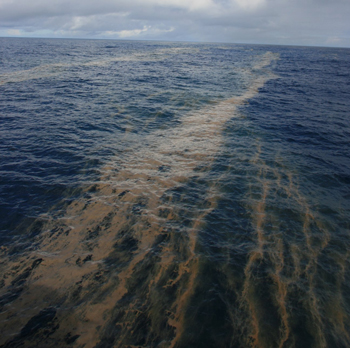- PHYSICS OF SPACE WEATHER
- Starting Points
- Mechanics
- Electricity and Magnetism
- Thermal Physics
- Atomic Physics
- Tools
Physics of Space Weather
Subatomic particles zipping around through magnetized plasma - does that sound like physics to you? The tools of the science of physics are essential ingredients for an understanding of space weather phenomena. This page provides links to physics fundamentals relevant to space weather.
Please log in
Science Blogs
Real Climate: climate science from climate scientists

Windows to the Universe, a project of the National Earth Science Teachers Association, is sponsored in part is sponsored in part through grants from federal agencies (NASA and NOAA), and partnerships with affiliated organizations, including the American Geophysical Union, the Howard Hughes Medical Institute, the Earth System Information Partnership, the American Meteorological Society, the National Center for Science Education, and TERC. The American Geophysical Union and the American Geosciences Institute are Windows to the Universe Founding Partners. NESTA welcomes new Institutional Affiliates in support of our ongoing programs, as well as collaborations on new projects. Contact NESTA for more information.






